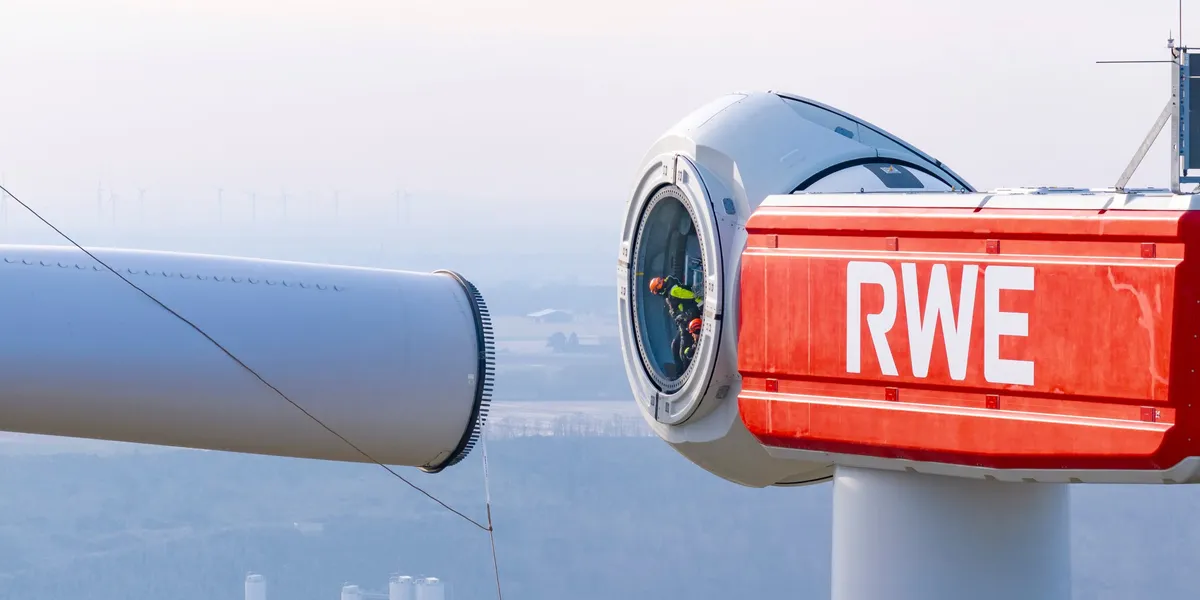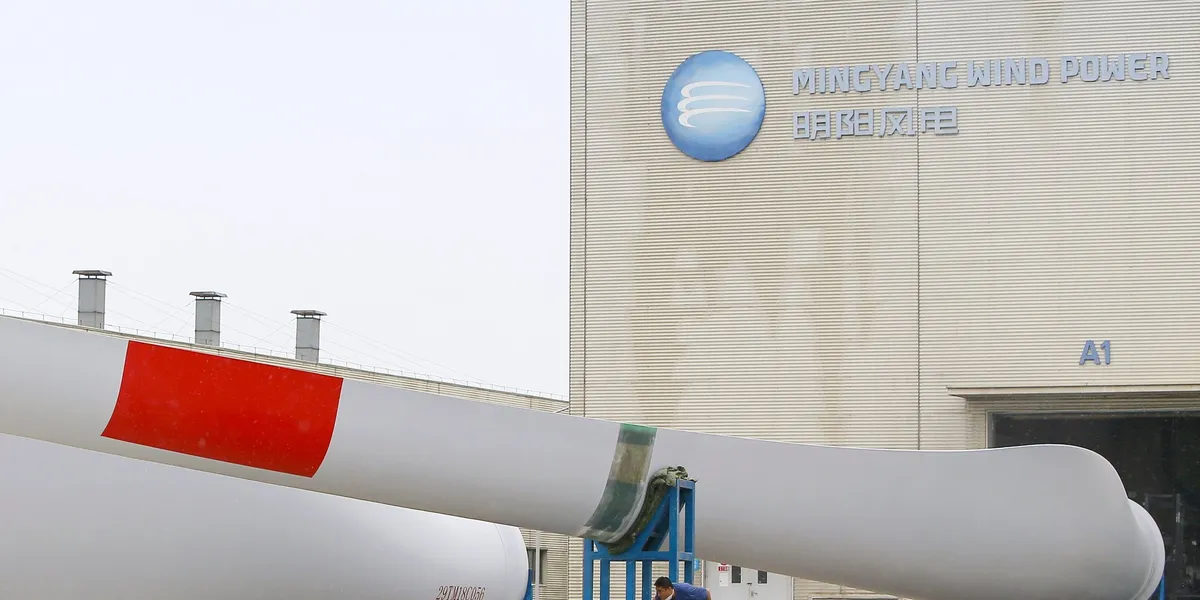By Rebecca Egan McCarthy | Grist
“This story was originally published by Grist. Sign up for Grist’s weekly newsletter here.”
The massive budget bill that President Trump signed into law earlier this month took aim at a robust system of tax credits that have aided the explosion of U.S. wind and solar energy in recent years. While the move was primarily intended to help enable the law’s extension of tax breaks for high-earning Americans, some Republicans felt the law did not go far enough in discouraging the growth of wind and solar power. Those holdouts, however, voted for the bill after saying they’d received assurances from President Trump that he’d use his executive authority to further stymie the energy sources.
“We believe we’re going to get 90-plus percent of all future projects terminated,” U.S. Representative Chip Roy of Texas told Politico after the bill passed. “And we talked to lawyers in the administration.”
Last week, Trump’s Department of the Interior announced what appeared to be a fulfillment of the president’s promise to his party’s right wing. The department’s new guidelines for wind and solar developers now require all federal approvals for clean energy projects to undergo “elevated review” by Interior Secretary Doug Bergum, who was appointed by President Trump in January.
The new guidelines include a granular outline of steps that will now require personal approval from Bergum’s office, rather than being delegated to department bureaucrats as had previously been customary. Experts who spoke to Grist say that this could create an unmanageable slowdown for developers and allow the administration to quietly kill wind and solar projects on public land. Some are even worried that the effect of the updated regulations will spill over into private projects, which sometimes have to consult with the Interior Department when their work bleeds into federal lands or a habitat for endangered species.
Since only 4 percent of existing renewable energy projects are on public land, clean industry insiders who have interpreted the new policy narrowly are not yet panicking. But those with a broader interpretation of the text — or those who suspect that the administration will take a broad interpretation — wonder if the new rules will amount to a de facto gag order on the industry. For now, only time will tell just how many of their fears come to pass.
Much of the memo’s power to wreak havoc for renewables depends on how strictly it’s enforced. The Interior Department maintains a website called Information for Planning and Consultation, or IPaC, which developers often use to plan large-scale projects. You type in the name of a locale, draw a border around the general area of your proposed project, and IPaC will tell you what kind of federal permitting you might need to move forward. (For example, it would flag if there are any protected wetlands or endangered species that would be affected by your development.) As of last week, the website now displays a pop-up warning users that “solar and wind projects are currently not eligible to utilize the Information for Planning and Consultation website.” This kind of opacity could make it especially hard for developers to plan for an endless bureaucratic battle with Interior.
“It’s one thing to take away our [tax] credits, but it’s another to basically just put impediments so projects can’t get built,” a source who works for a renewables developer told E&E News. (He was granted anonymity due to his ongoing professional engagement with the federal government.) “The level of review here is so ridiculous.”
Others say that, while the outlook for wind and solar has become much dimmer, the new Interior rules aren’t necessarily a kill shot. “I was personally very worried when I saw it come out,” said Jason Kaminsky, CEO of kWh Analytics, a solar risk management firm. “But after doing more reading, it does seem like it affects, hopefully, a minority of assets.”
An internal report from the investment bank and research firm Roth Capital Partners, which was obtained by Grist, estimated that only 5 percent of projects on private land — specifically, those that require an easement or need to cross public land to connect a transmission line to the main electrical grid — would be affected by the new regulations.
“If [projects are on] a private piece of land, that’s a totally different story that would not be impacted by this,” said Doug Vine, director of energy analysis at the nonprofit Center for Climate and Energy Solutions. “There’s plenty of projects that are going to go ahead.”
Others warn that it will be hard to know anything for certain until the dust clears and the permitting process begins to play out. “Just how broad and wide-scoped the activities listed in the memo were, points towards an attempt to quash [private] projects, not just the ones on federal land,” said Dan O’Brien, a senior modeling analyst at the clean energy think tank Energy Innovations, noting that developers often end up consulting the Interior Department on issues like wildlife protection.
Regardless of the scope of the memo, any move with the potential to slow the deployment of renewables is almost certainly bad news for American energy, since most other sources of new electricity simply aren’t being built: 93 percent of new energy that came online in 2024 was renewable. But upon taking office, President Trump warned that the United States was reliant on a “precariously inadequate and intermittent energy supply” and immediately set about revoking previously approved federal funding from green energy projects, trying to cancel offshore wind leases, and rescinding clean energy tax credits that had been expanded by his predecessor. How this will lead the nation toward the current administration’s promise of “energy dominance” is unclear.
“You don’t have enough [electricity] supply to meet new demand,” said O’Brien. “Instead of new capacity coming online — cheap renewables — you have existing gas plants running longer, and so gas demand goes up and prices go up, both for power plants and for household consumers. … All signs point toward this being a bad, bad scenario.”
This article originally appeared in Grist at https://grist.org/energy/interior-department-rules-wind-solar/.
Grist is a nonprofit, independent media organization dedicated to telling stories of climate solutions and a just future. Learn more at Grist.org








